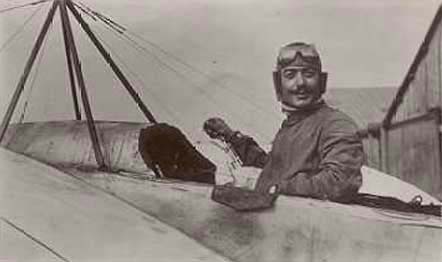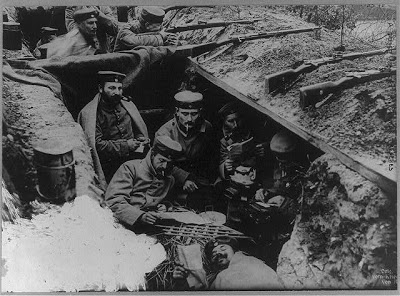Aircraft Carry Bombs; Pilots Hands are Frozen
Special to The Great War Project
(27-28-29 November) The war in the skies develops in fits and starts.
At first, the appearance of aircraft in the skies is a novelty. Many civilians and soldiers alikestop when they see aircraft over their heads.
Initially aircraft carry a few bombs, and that certainly can be deadly. On this date a century ago, a German aircraft flies over London at midday for all to see. It drops five bombs on the city.
At first the capabilities of aircraft are severely limited. They can drop a few bombs and observe the battlefields. What they see can be valuable intelligence, but it does not provide worthwhile information until the aircraft returns to base and the pilots tell what they’ve seen.
Even that becomes more and more difficult as temperatures plunge on all fronts. The aircraft cabin is yet to be closed in, and the cold winds bite mercilessly. “Aircraft made only short flights,” writes historian Max Hastings, “because…
…pilots swiftly became incapable of moving their hands to operate the controls.”
On the Eastern Front, the Germans do maintain “nuisance raids” with bombs dropping over Warsaw, according to Hastings.
Both sides are working hard though to outfit warplanes with radio capabilities. So far, that is for the future.
The fighting is fierce on the Eastern Front between the German and Russian armies. The Russians are using up their ordnance far too quickly, and Russia’s military factories cannot keep up the necessary production pace.
“Beyond ammunition, the army lacked rifles and even boots.”
…writes Hastings. “Carts scoured the battlefield, removing shoes from dead horses that were needed for live ones.”
The iron hard frozen ground makes it almost impossible to dig necessary trenches. “Even without the intervention of shells and bullets,” Hastings reports, “some men expired from the sheer overnight cold in their trenches.”
Further south, the armies of Austria-Hungary are coming apart. Vienna is facing absolute defeat. The Austrians hardly ever fight well, Hastings remarks, adding sarcastically “The Austrians waged fantasy warfare.”
The Austrians are having some success, though, against Serbia. On these days a century ago, Austria invades Serbia once again. The Serbs are prepared for the attack and hope to duplicate their stunning victory over the Austrians in the first days of the war. But the Serbs are faltering, and on this day a century ago, the Serbian government issues orders to abandon Belgrade for a second time.
The Russians do succeed in stopping the German advance on the Eastern Front, but “the Russian invasion of Germany was plainly not going to happen.”
On the Western Front, as if the mud and muck of the trenches and the freezing rain and frost of the Flanders fields were not miserable enough…
…the trenches are filled with lice.
Corporal Arthur Cook’s diary describes all too vividly the lice in the bathtubs in this entry for November 29th precisely a century ago: “The lack of washing facilities had bred louse by the thousand, and the surface of our bath water had a thick scum of these vermin.”
“We helped scratch each other’s backs (which already looked as if a lot of cats had been scratching them) to ease the itching.”


